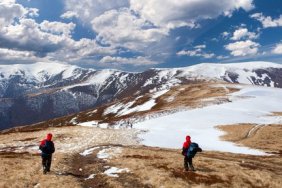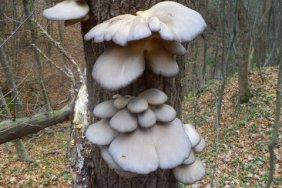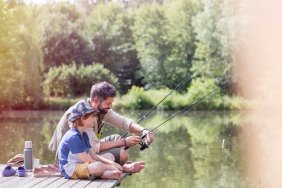 As we explored in Part One, when it comes to early Spring success, understanding how structure, baitfish, and gamefish are affected by the sun’s heat will be key in catching fish. Today we’ll take a look at a few more tips regarding this notion.
As we explored in Part One, when it comes to early Spring success, understanding how structure, baitfish, and gamefish are affected by the sun’s heat will be key in catching fish. Today we’ll take a look at a few more tips regarding this notion.
More often than not, the warming phenomenon tends to be relatively isolated, in terms of area. This means that the baitfish and insects that are affected by the small changes in temperature may have to be within a foot or so of the warm structure to notice it and react to the subtle difference in relative warmth.
Your lure and presentation will play a big role, as always. This time of the year you’ll often find yourself casting to fish that are likely to be located in very shallow water and very close to shore. This means that large lures with loud loud, clumsy presentations will frighten the fish, so you’ll want to keep your lures small and your presentation subtle.
Slow-rolling spinnerbaits, small jerkbaits, jigs, and finesse presentations will be your best friends here, so stock up before you hit the water this season.
Simply put, during the early Spring weeks, you’ll want to seek out areas warmed by the sun’s rays, such as shallow bays with dark bottoms, areas adjacent to wooden docks, or darker-colored rocks. As I touched upon in Part One, don’t set your expectations too high in terms of numbers; early Spring can be as tough. The tips outlined in this series will improve your odds, however, so implement them as the temperatures warm up and you’re sure to have success.








